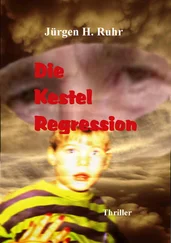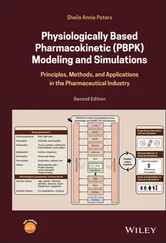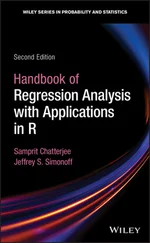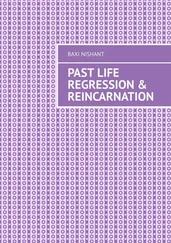Iain Pardoe - Applied Regression Modeling
Здесь есть возможность читать онлайн «Iain Pardoe - Applied Regression Modeling» — ознакомительный отрывок электронной книги совершенно бесплатно, а после прочтения отрывка купить полную версию. В некоторых случаях можно слушать аудио, скачать через торрент в формате fb2 и присутствует краткое содержание. Жанр: unrecognised, на английском языке. Описание произведения, (предисловие) а так же отзывы посетителей доступны на портале библиотеки ЛибКат.
- Название:Applied Regression Modeling
- Автор:
- Жанр:
- Год:неизвестен
- ISBN:нет данных
- Рейтинг книги:5 / 5. Голосов: 1
-
Избранное:Добавить в избранное
- Отзывы:
-
Ваша оценка:
Applied Regression Modeling: краткое содержание, описание и аннотация
Предлагаем к чтению аннотацию, описание, краткое содержание или предисловие (зависит от того, что написал сам автор книги «Applied Regression Modeling»). Если вы не нашли необходимую информацию о книге — напишите в комментариях, мы постараемся отыскать её.
delivers a concise but comprehensive treatment of the application of statistical regression analysis for those with little or no background in calculus. Accomplished instructor and author Dr. Iain Pardoe has reworked many of the more challenging topics, included learning outcomes and additional end-of-chapter exercises, and added coverage of several brand-new topics including multiple linear regression using matrices.
The methods described in the text are clearly illustrated with multi-format datasets available on the book's supplementary website. In addition to a fulsome explanation of foundational regression techniques, the book introduces modeling extensions that illustrate advanced regression strategies, including model building, logistic regression, Poisson regression, discrete choice models, multilevel models, Bayesian modeling, and time series forecasting. Illustrations, graphs, and computer software output appear throughout the book to assist readers in understanding and retaining the more complex content.
covers a wide variety of topics, like:
Simple linear regression models, including the least squares criterion, how to evaluate model fit, and estimation/prediction Multiple linear regression, including testing regression parameters, checking model assumptions graphically, and testing model assumptions numerically Regression model building, including predictor and response variable transformations, qualitative predictors, and regression pitfalls Three fully described case studies, including one each on home prices, vehicle fuel efficiency, and pharmaceutical patches Perfect for students of any undergraduate statistics course in which regression analysis is a main focus,
also belongs on the bookshelves of non-statistics graduate students, including MBAs, and for students of vocational, professional, and applied courses like data science and machine learning.
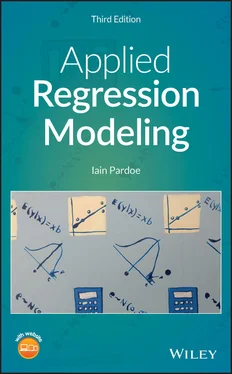
 is greater than 380, we perform some standard algebra on probability statements. In particular, if we write “the probability that
is greater than 380, we perform some standard algebra on probability statements. In particular, if we write “the probability that  is bigger than
is bigger than  ” as “
” as “  ,” then we can make changes to
,” then we can make changes to  (such as adding, subtracting, multiplying, and dividing other quantities) as long as we do the same thing to
(such as adding, subtracting, multiplying, and dividing other quantities) as long as we do the same thing to  . It is perhaps easier to see how this works by example:
. It is perhaps easier to see how this works by example:
 is defined to be
is defined to be  , which is a standard normal random variable with mean 0 and standard deviation 1. From the normal table in Section 1.2, the probability that a standard normal random variable is greater than 1.96 is 0.025. Thus, Pr(
, which is a standard normal random variable with mean 0 and standard deviation 1. From the normal table in Section 1.2, the probability that a standard normal random variable is greater than 1.96 is 0.025. Thus, Pr(  ) is slightly less than 0.025 (draw a picture of a normal density curve with 1.96 and 2.00 marked on the horizontal axis to convince yourself of this fact). In other words, there is slightly less than a 2.5% chance of finding an expensive home (
) is slightly less than 0.025 (draw a picture of a normal density curve with 1.96 and 2.00 marked on the horizontal axis to convince yourself of this fact). In other words, there is slightly less than a 2.5% chance of finding an expensive home (  ) in our housing market, under the assumption that
) in our housing market, under the assumption that  .
. . What is the probability of finding such an affordable home in our housing market? (You should find it is slightly less than a 10% chance; see Problem 1.10.)
. What is the probability of finding such an affordable home in our housing market? (You should find it is slightly less than a 10% chance; see Problem 1.10.) has a probability of 0.025 to the right of it? To answer this, consider the following calculation:
has a probability of 0.025 to the right of it? To answer this, consider the following calculation: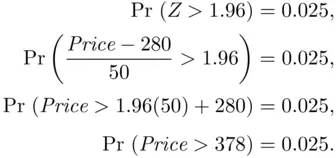
 is
is  .”
.” , but also about numerical summary measures such as the population mean, denoted
, but also about numerical summary measures such as the population mean, denoted  —these population summary measures are called parameters . While population parameters are unknown (in the sense that we do not have all the individual population values and so cannot calculate them), we can calculate similar quantities in the sample, such as the sample mean—these sample summary measures are called statistics . (Note the dual use of the term “statistics.” Up until now it has represented the notion of a general methodology for analyzing data based on probability theory, and just now it was used to represent a collection of summary measures calculated from sample data.)
—these population summary measures are called parameters . While population parameters are unknown (in the sense that we do not have all the individual population values and so cannot calculate them), we can calculate similar quantities in the sample, such as the sample mean—these sample summary measures are called statistics . (Note the dual use of the term “statistics.” Up until now it has represented the notion of a general methodology for analyzing data based on probability theory, and just now it was used to represent a collection of summary measures calculated from sample data.)
